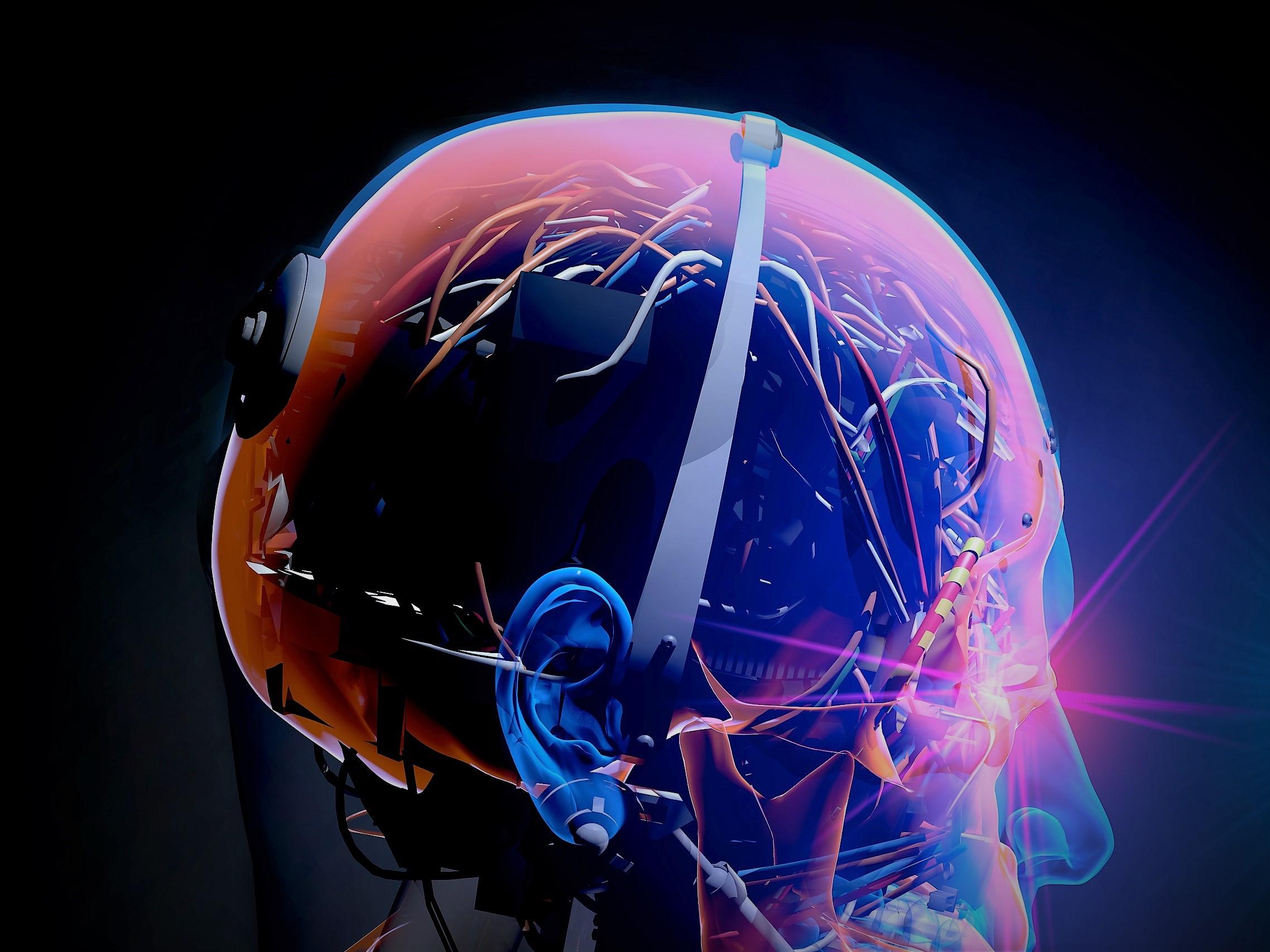Robots can now store energy like humans in 'fat reserves' after battery breakthrough
Zinc batteries that integrate with robot's structure 'do double duty of storing charge and protecting the robot’s organs,' researchers say

Your support helps us to tell the story
From reproductive rights to climate change to Big Tech, The Independent is on the ground when the story is developing. Whether it's investigating the financials of Elon Musk's pro-Trump PAC or producing our latest documentary, 'The A Word', which shines a light on the American women fighting for reproductive rights, we know how important it is to parse out the facts from the messaging.
At such a critical moment in US history, we need reporters on the ground. Your donation allows us to keep sending journalists to speak to both sides of the story.
The Independent is trusted by Americans across the entire political spectrum. And unlike many other quality news outlets, we choose not to lock Americans out of our reporting and analysis with paywalls. We believe quality journalism should be available to everyone, paid for by those who can afford it.
Your support makes all the difference.A breakthrough with biomorphic batteries could allow robots to store up to 72-times more energy through a system similar to biological fat reserves.
Researchers at the University of Michigan – funded by the US Department of Defense – developed a new rechargeable zinc battery that integrates into the structure of a robot in order to free up space and reduce weight that conventional lithium-ion batteries create.
“Robot designs are restricted by the need for batteries that often occupy 20 per cent or more of the available space inside a robot, or account for a similar proportion of the robot’s weight,” said Nicholas Kotov, a professor of engineering who led the research.
“We don’t have a single sac of fat, which would be bulky and require a lot of costly energy transfer. Distributed energy storage, which is the biological way, is the way to go for highly efficient biomorphic devices.”
Biomorphic technology is based on living forms and systems, and is therefore ideal for humanoid robots being developed to work and operate within environments designed for humans.
The use of structural batteries can also be used in everything from drones to delivery robots, with Professor Kotov claiming the new zinc batteries could double the range of such robots immediately.
“This is not the limit, however,” said Mingqiang Wang, a visiting researcher at Professor Kotov’s lab. “We estimate that robots could have 72-times more power capacity if their exteriors were replaced with zinc batteries, compared to having a single lithium-ion battery.”
The zinc battery works by storing and transferring energy through an electrolyte membrane made of carbon-based nanofibres and a water-based polymer gel.
The researchers claim the membrane is more environmentally friendly than traditional batteries and are not susceptible to causing fires.
Tests have already been carried out on robotic toys shaped like worms and scorpions, where the zinc batteries were wired into the motors and wrapped around the outsides of the robot insects.
Ahmet Emre, a doctoral student who was involved in the research, said: “Batteries that can do double duty – to store charge and protect the robot’s organs – replicate the multifunctionality of fat tissues serving to store energy in living creatures.”
A paper detailing the breakthrough, titled ‘Biomorphic structural batteries for robotics’, was published in the journal Science Robotics.
Join our commenting forum
Join thought-provoking conversations, follow other Independent readers and see their replies
Comments